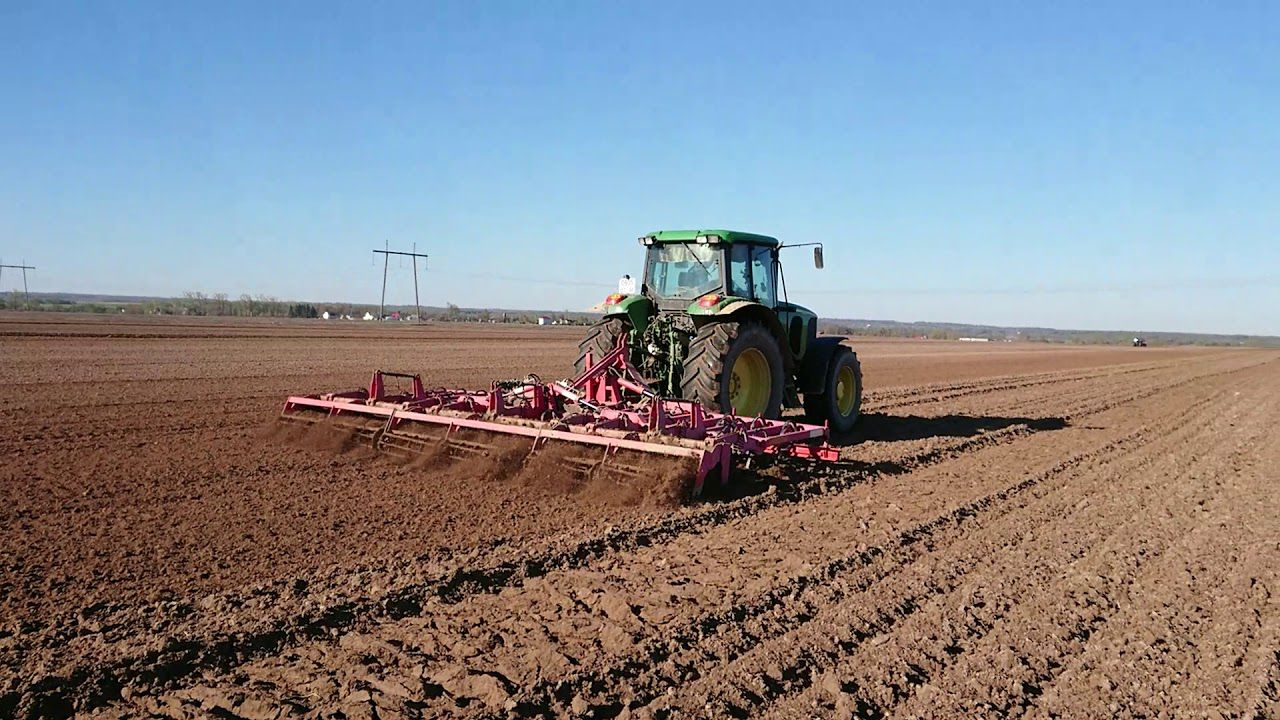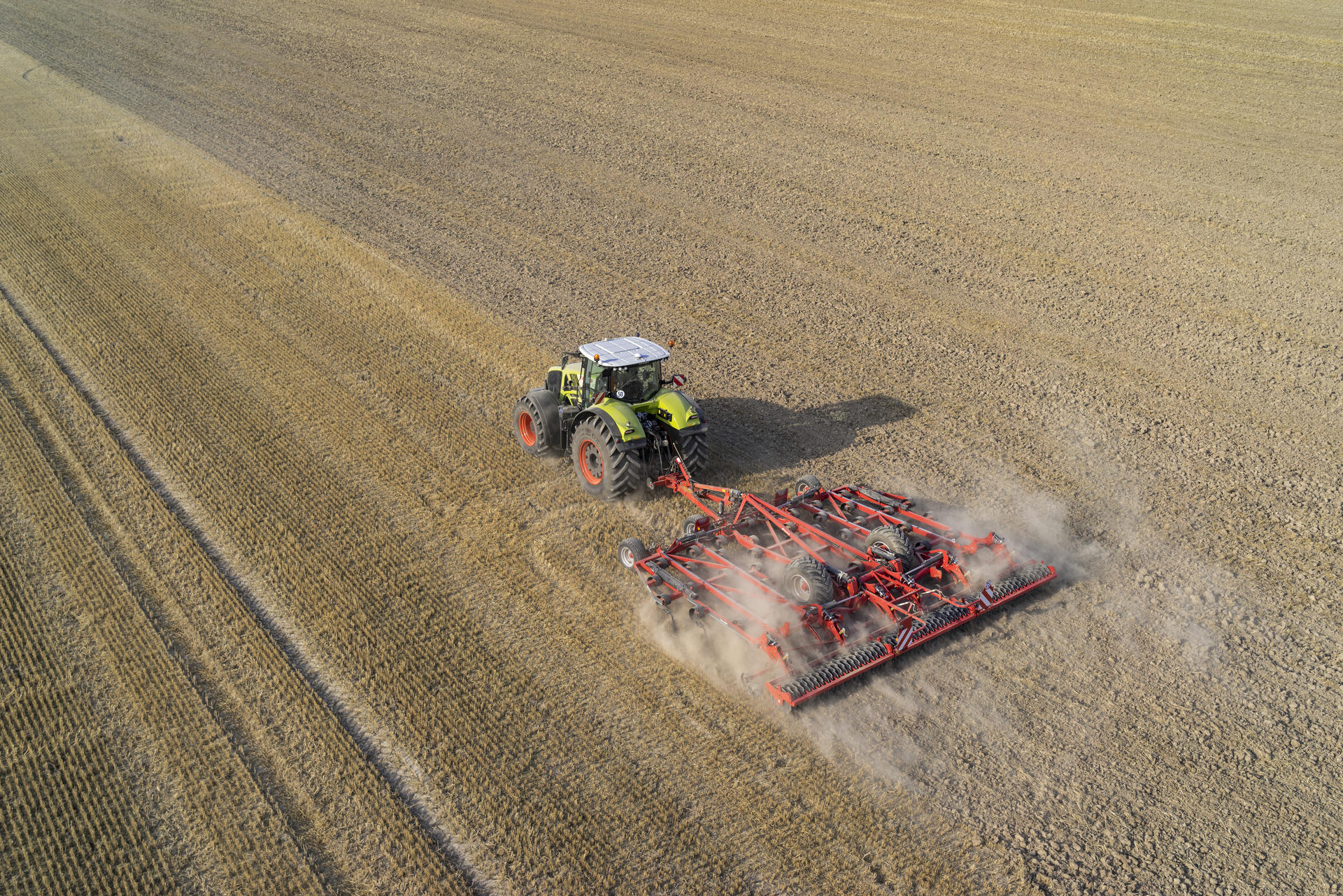Loosening the soil - cultivating efficiency

Loosening the soil - cultivating efficiency
Tillage with a cultivator: types and purpose of agrotechnical operations
Today, many farmers are abandoning plowing, preferring deep cultivation. Several factors led to this at once: a critical lack of moisture, climate change, the use of intensive agricultural technologies. Processing with a cultivator does not lead to loss of moisture, moreover, it is more cost-effective, since it saves fuel and lubricants.

The fundamental difference
The differences in the methods of soil cultivation with a plow and a cultivator are that the first involves cutting and turning the soil layer (partial or complete). Accordingly, such an effect leads to a loss of moisture, plus it requires more energy to be performed.
The cultivator is designed to destroy plant residues and weeds, and also simply loosens the soil without wrapping the layers. This impact has important advantages over plowing:
- allows you to prevent moisture loss;
- protects soil from erosion;
- prevents crusting (due to the presence of plant residues).
In addition, cultivation is less energy-intensive, which makes it possible to profitably save on soil processing.

Technology features
Tillage (without wrapping the soil layer) with a cultivator differs in depth by 3 types:
- The main one.
- Superficial.
- Special.
Under the main one means continuous tillage with a cultivator. This is the most profound method of exposure, which is known as “deep loosening”.
Shallow cultivation involves loosening the soil to a depth of 14 cm. This method includes conventional cultivation.
A special type is used in specific production conditions or when using special agrotechnical technologies.
Characteristic features of deep loosening
This technology belongs to the non-moldboard methods of soil cultivation and has replaced traditional plowing. It is especially advisable to use deep loosening on light soils when you need:
- mix crop residues with the ground in a large volume;
- prepare the field for sowing compaction sensitive crops. These include: rapeseed, sugar beets, peas;
- break the track after the tractor and fluff up the compaction.
The cultivator's cultivation depth is about 10-15 cm (sometimes more), this is enough for effective loosening.
Important: on heavy soils, this technology provides a coarser soil structure than surface impact. For this reason, additional passes may be required.

Varieties of cultivators
These units differ into 3 main types:
- Steam.
- Tilled.
- Special.
Steam units are units that are used in pre-sowing soil cultivation and steam care. In the spring, cultivation is carried out to the depth of the seeding of the seed in order to seal the seedlings of weeds and compact the soil for the seeds. The unevenness index can vary up to 1 cm, and the height of the ridge - up to 4 cm. When processing, the lower layers of the soil should not be brought to the surface. In order to level the soil and protect moisture, harrowing is performed after continuous cultivation of plow and fallow.
Rowing models are used when processing row spacings in order to loosen and remove weeds (mechanical weeding).
Special cultivators are used for plants that require special agronomic care. In particular, they are used to treat crops of sugar beet, melons, cotton, orchards and tea plantations.
Nuances of choice
Effective cultivating with a cultivator is only possible if the machine is selected correctly, in accordance with the task it performs. Therefore, when buying, you should carefully read the characteristics of the equipment. You also need to choose a cultivator taking into account the operating conditions and purpose:
- land area. This characteristic is decisive when choosing the working width of the equipment. So, for large areas, buying small units is impractical. Cultivation of the soil in this case will require a greater number of tractor passes, which leads to increased fuel consumption;
- type of processing;
- features of soils;
- terrain relief.
Important: the parameters of the tractor must be taken into account. The specific cultivator model is selected taking into account the power and weight of the agricultural machine, the type of attachment. For example, there are special models for mini-tractors, since they may not pull conventional implements.
Always something interesting
BE ABOUT LATEST EVENTS AND PROFITABLE ACTIONS FROM OUR COMPANY


